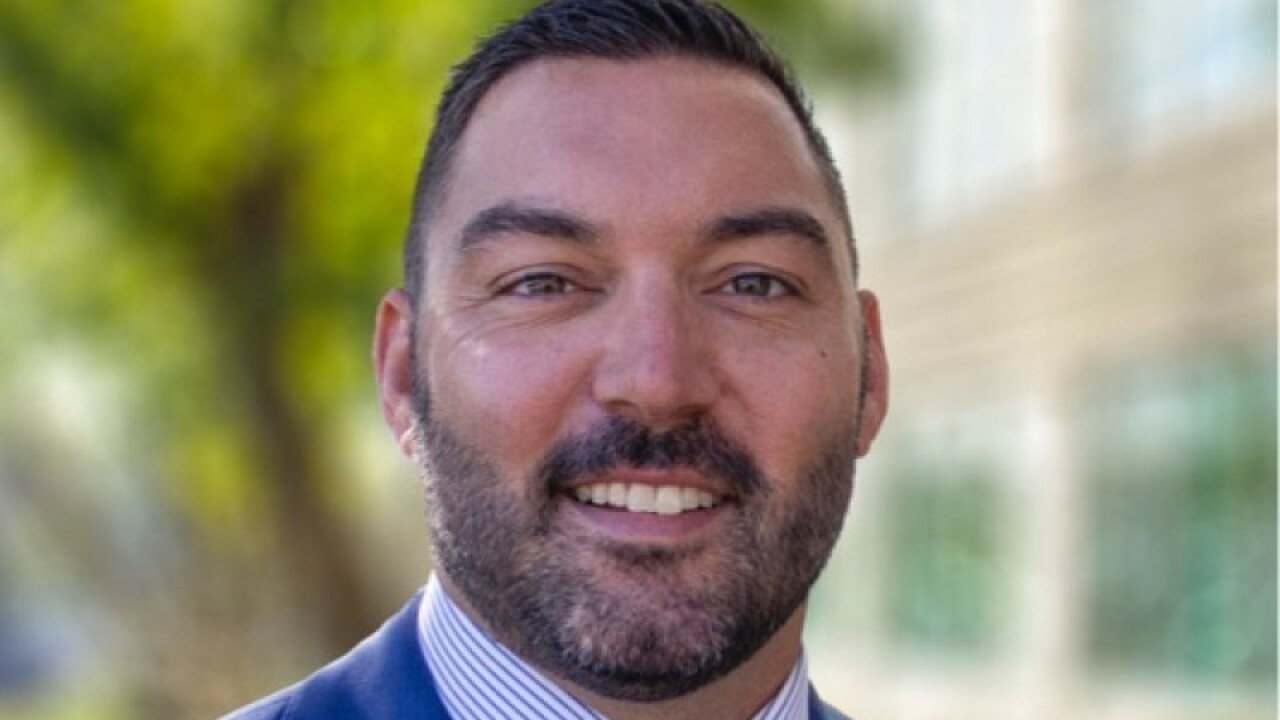Over the past year and counting, money managers have ramped up exposure to a handful of Big Tech companies — swelling market valuations along the way. Yet for all the
Exhibit A is the Pacer U.S. Cash Cows 100 ETF (ticker COWZ), which has seen assets soar to around $20 billion, from $12.5 billion a year ago. The exchange-traded fund, which tracks mid- and large-cap companies with high free-cash-flow yields, has drawn an almost uninterrupted stream of money since July 2023, with only a single day of outflows, data compiled by Bloomberg show.
READ MORE:
The steady appetite for the ETF, which Bloomberg Intelligence considers unique in its focus on cash flow, stands out in a market dominated by the megacap-tech narrative. The frenzy over artificial intelligence has pushed the benchmark S&P 500 Index to multiple record highs to start the year
The fact that the COWZ fund doesn't hold any of the so-called Magnificent Seven stocks makes its popularity even more remarkable, said Dan Suzuki, deputy chief investment officer at Richard Bernstein Advisors. COWZ invests in around 100 companies with the highest free cash-flow yield — indicating a company is producing a glut of cash to satisfy its obligations. It rebalances and reconstitutes quarterly, capping its holdings at 2% at that time, its
"What probably makes this strategy even more compelling for investors, from a diversification perspective, is that this performance has not been driven by the so-called Magnificent Seven stocks, or even technology and growth stocks in general," Suzuki said. "With this strategy having done very well over the past three and five years, particularly relative to the strong and narrow stock-market leadership, healthy flows are to be expected."
The fund, which debuted in 2016, is up about 15% in the past year, roughly half of the S&P 500's tech-fueled advance. But on a five-year basis, it has outperformed the benchmark, as well as ETFs focusing on dividends like the $77 billion Vanguard Dividend Appreciation ETF (VIG).
"Free cash-flow yield is a simple but effective way to value a company," Sean O'Hara, president of Pacer ETFs, said by email. "When investors get too aggressive about valuations, COWZ could lag the broad market by a bit more, but likely keep pace or beat value."
Froth hedge
For Jane Edmondson, head of thematic strategy at TMX VettaFi, COWZ offers a hedge against frothy tech stocks. Besides, cash-flow yield as a measure of value has worked better than more traditional measures such as price-to-book and price-to-earnings, she says.
"It's a nice diversifier given that most investors already have significant exposure to tech via vehicles such as the QQQ and even the S&P 500," she said, referring to the roughly $251 billion Invesco QQQ Trust Series that tracks the tech-heavy Nasdaq 100.
READ MORE:
Other ETFs that focus on quality, as measured by criteria such as return on equity, haven't seen the same degree and consistency of cash intake. The $38 billion iShares MSCI USA Quality Factor ETF (QUAL) is one example. That's even as these alternatives offer lower expense ratios.
"There is no product like it," said Athanasios Psarofagis, an ETF analyst at Bloomberg Intelligence, adding that the ETF's proposition of "free cash flow" is unique.
The streak of inflows for COWZ is unusual, he said, among the most consistent of any ETFs he follows.
Energy focus
About 27% of COWZ holdings are related to energy, including Valero Energy and Phillips 66 — a sector that typically pays strong dividends. Consumer discretionary stocks come in second, followed by health care, its website shows.
"Income investors are always looking for a fund that produces both long-term growth and income as well," said Mohit Bajaj, director of ETFs at WallachBeth Capital.
It's especially appealing, he said, to those seeking a "barbell approach," combining exposure to both growth and value.
READ MORE:
A related fund, the almost $9 billion Pacer U.S. Small Cap Cash Cows 100 ETF (CALF), has also been luring cash, while also handily beating its benchmark — the S&P SmallCap 600 Value Index — on a one- and five-year basis.
"Valuations have certainly gotten extended and while equities have tailwinds in an economy that seems to still be greatly exceeding expectations, it's a decent hedge to find value in cash-rich/cash-flow-generative business models," said Marvin Loh, senior macro strategist at State Street Global Markets.






